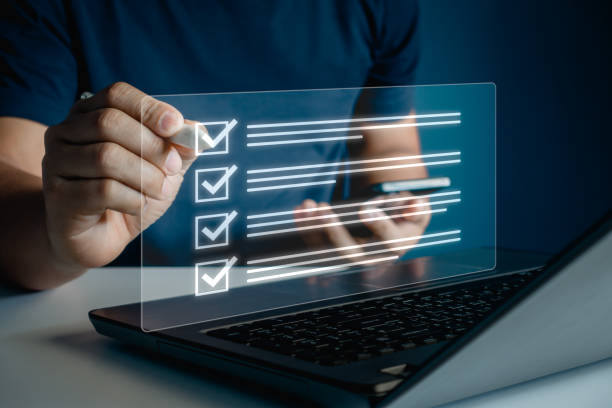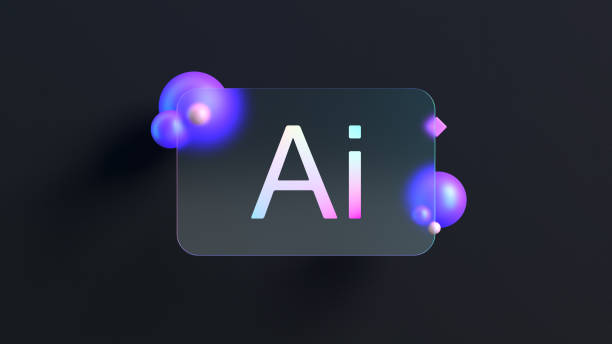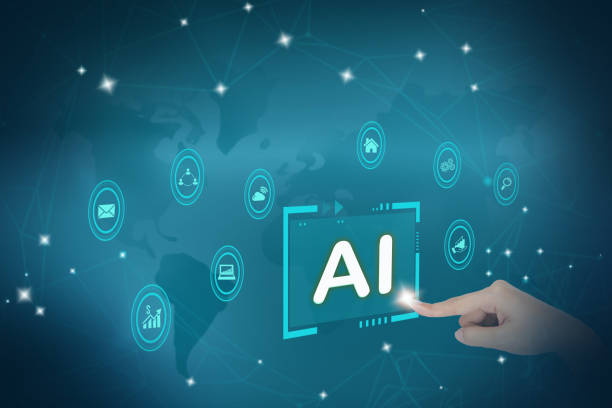What is On-Page SEO and Why Does It Matter?
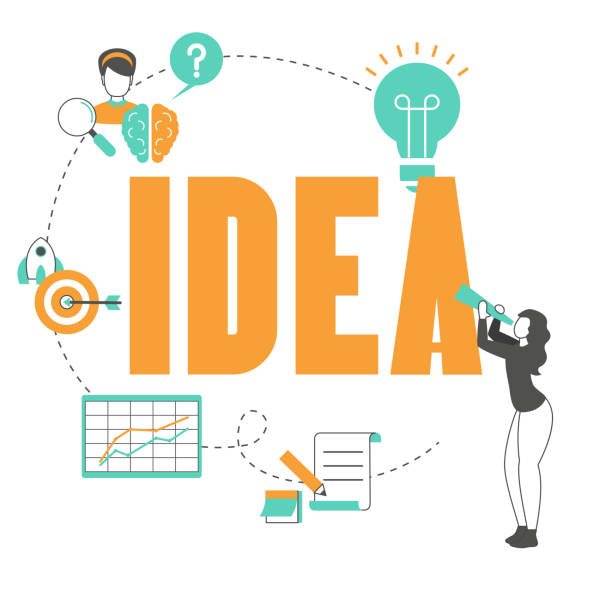
What is On-Page SEO and Why Does It Matter?
On-Page SEO is a set of techniques and actions that are performed directly within the pages of a website to improve its ranking in Google search results.
These actions include optimizing content, HTML tags (title, meta description, header tags), URL structure, page loading speed, and website usability.
SEO helps search engines better understand the subject and content of your pages, which in turn improves your website’s ranking in search results.
The importance of On-Page SEO stems from the fact that you have complete control over the factors that affect your website’s ranking.
By optimizing these factors, you can increase the chances of your website being seen in search results and attract more organic traffic.
On-Page SEO acts as a complement to Off-Page SEO and both are essential for achieving a successful SEO strategy.
Without strong On-Page SEO, you may not be able to achieve high rankings in search results, even with high-quality backlinks.
In today’s competitive online world, On-Page SEO is a necessity.
By investing in internal website optimization, you can outperform your competitors, attract your target audience, and ultimately achieve your business goals.
In other words, On-Page SEO plays an important role in increasing brand awareness, attracting new customers, and increasing sales.
#SEO #Optimization #Ranking #SearchEngine
Is your current online store design causing you to lose customers and sales?
Rasaweb is your solution with modern and user-friendly online store designs!
✅ Significant increase in conversion rates and sales
✅ Creating strong branding and gaining customer trust
⚡ Get a free online store design consultation from Rasaweb!
Keyword Research: The Foundation of On-Page SEO
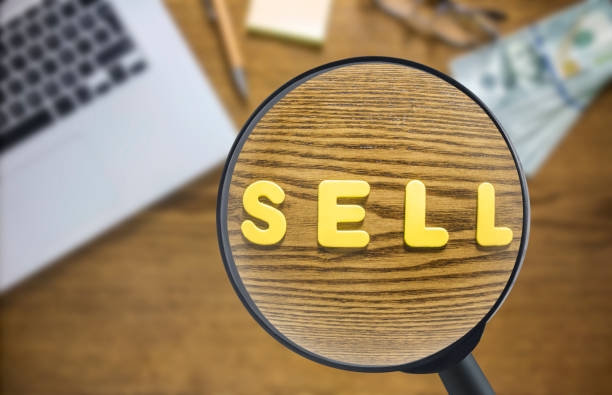
Keyword Research: The Foundation of On-Page SEO
Keyword research is the process of finding the words and phrases that users search for in search engines to find the information, products, or services they need.
These keywords form the basis of your On-Page SEO strategy.
Choosing the right keywords helps you produce content that matches the needs of your target audience and ranks higher in relevant search results.
To perform keyword research, you can use various tools such as Google Keyword Planner, Ahrefs, SEMrush, and Keywordtool.io.
These tools provide you with information about search volume, competition, and keywords related to your website’s topic.
When choosing keywords, look for words that have a reasonable search volume and are not too competitive to rank for.
In addition to the tools mentioned, you can also use other methods such as reviewing competitor websites, asking customers, and using Google Trends to find suitable keywords.
Remember that keyword research is an ongoing process and you should regularly review and update your keywords to keep pace with changes in user behavior and search engine algorithms.
Effective On-Page SEO starts with choosing the right keywords.
Once you have found the right keywords, you should use them strategically in your content.
Use keywords in the page title, meta description, header tags, body text, and image tags.
However, be aware that excessive use of keywords (Keyword Stuffing) can result in your website being penalized by search engines.
Optimizing the Page Title (Title Tag) and Meta Description

Optimizing the Page Title (Title Tag) and Meta Description
The page title (Title Tag) and meta description are two important HTML elements that are displayed in search results and play an important role in attracting users to your website.
The page title is the main title of your page that appears in the browser bar and in search results.
The meta description is a short summary of your page’s content that appears below the page title in search results.
To optimize the page title, you should keep it engaging, concise, and relevant to your page content.
Use your main keywords in the page title, but avoid using too many keywords.
The length of the page title should not exceed 60 characters to be fully displayed in search results.
To optimize the meta description, you should write it in an engaging, concise, and persuasive manner.
Use your main keywords in the meta description, but avoid repeating keywords.
The meta description should encourage users to click on your website link.
The length of the meta description should not exceed 160 characters to be fully displayed in search results.
On-Page SEO helps you optimize these elements.
Here is a sample table of how to optimize title and meta tags for different pages of a hypothetical website:
| Page Type | Optimized Page Title (Title Tag) | Optimized Meta Description |
|---|---|---|
| Homepage | Buy Clothes Online | [Brand Name] Fashion Store | Find the best clothes at the lowest prices in our store. Easy shopping, fast shipping, and wide variety. |
| Product Page | Buy [Product Name] with a Special Discount | [Brand Name] Store | [Short and attractive product description]. Buy [Product Name] now at the best price and with a guarantee of authenticity. |
| Category Page | Buy All Kinds of [Category Name] | Newest Models | [Brand Name] Store | In our store, find the best [Category Name] with the highest quality and the most affordable prices. View and shop online. |
Optimizing Header Tags (Heading Tags)

Optimizing Header Tags (Heading Tags)
Header tags (Heading Tags) such as H1, H2, H3, etc., are used to organize and structure your page content.
The H1 tag is the main title of your page and should only be used once per page.
H2, H3, etc. tags are used for subheadings and content sections.
Optimizing header tags helps search engines better understand the structure and topic of your page content.
Use your main keywords in the header tags, but avoid using too many keywords.
Header tags should be used logically and hierarchically to improve the readability and usability of your page.
Strong On-Page SEO requires the correct use of header tags.
The H1 tag should accurately and concisely describe the main title of your page.
The H2 tags should describe the main subheadings of your page.
H3 and other tags should describe the more detailed subheadings of your page.
For example, if you have a page about “Best On-Page SEO Practices,” your H1 tag could be “Best On-Page SEO Practices in 2023.”
Your H2 tags could be “Keyword Research,” “Optimizing Page Title and Meta Description,” “Optimizing Header Tags,” and “Optimizing Images.”
Your H3 tags could describe the more detailed sections of each of these topics.
Are you unhappy with the low sales of your online store?
Rasaweb is your solution for having a professional and high-selling online store.
✅ Significant increase in sales and revenue
✅ Easy and enjoyable shopping experience for customers
⚡ Get a free consultation from Rasaweb right now!
Optimizing Images for SEO
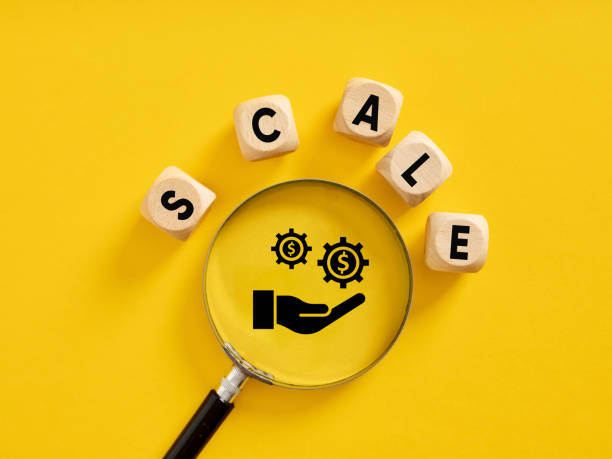
Optimizing Images for SEO
Images play an important role in the attractiveness and engagement of users with your website.
However, unoptimized images can slow down your page loading speed and negatively impact your SEO ranking.
Image optimization includes reducing file size, using an appropriate file name, and adding alternative text (Alt Text).
To reduce the file size of images, you can use image compression tools such as TinyPNG, ImageOptim, and Compressor.io.
These tools reduce the file size of your images without significant quality loss.
When saving images, use appropriate formats such as JPEG for images with many colors and PNG for images with graphics and text.
Image file names should be relevant to the content of the image and use your main keywords.
For example, if you have an image of a “sports shoe,” the file name could be “men’s-sports-shoe.jpg.”
Alternative text (Alt Text) is a brief description of the image that is displayed if the image does not load and for visually impaired users.
Alt Text should be descriptive, concise, and relevant to the content of the image.
Use your main keywords in the Alt Text, but avoid using too many keywords.
Good On-Page SEO optimizes website images.
Content Optimization: The King of On-Page SEO
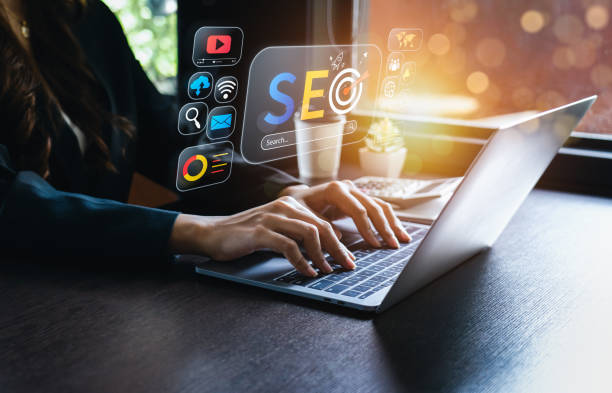
Content Optimization: The King of On-Page SEO
Content is King! This famous phrase in the world of SEO highlights the importance of content as the most important factor in ranking websites.
High-quality, engaging, relevant, and valuable content not only keeps users on your website, but also helps search engines better understand the topic and content of your pages.
To optimize content, you should focus on producing unique and original content.
Avoid copying content from others and try to create content that answers the questions and needs of your target audience.
Your content should be readable, understandable, and engaging.
Use short sentences and short paragraphs and use images, videos, and infographics to improve the attractiveness and understanding of the text.
On-Page SEO is useless without valuable content.
Use your main keywords naturally and strategically in your content.
Avoid using too many keywords and try to write content that is written for users, not just for search engines.
Your content should be updated regularly to stay fresh and relevant.
Also, pay attention to the structure of your content.
Use header tags to organize and section content and use lists and tables to present information in an organized and understandable way.
Don’t forget to link internally to other pages of your website, as internal linking helps search engines better understand the structure of your website and helps users easily navigate your website.
Optimizing the URL Structure

Optimizing the URL Structure
The URL structure plays an important role in the SEO and usability of your website.
URLs should be short, descriptive, and relevant to the page content.
Avoid using special characters, numbers, and uppercase letters in URLs and try to use your main keywords in URLs.
URLs should be designed so that users and search engines can easily recognize the topic of the page from the URL.
For example, instead of using a URL like “example.com/page123,” use a URL like “example.com/best-on-page-seo-practices.”
Avoid creating long and complex URLs, as these URLs are more difficult for users and search engines.
Try to keep URLs as short and concise as possible.
Use hyphens (-) to separate words in URLs, as hyphens are considered a word separator by search engines.
Good On-Page SEO helps you have unique links.
When creating URLs, also pay attention to the structure of your website.
URLs should reflect the hierarchical structure of your website.
For example, if you have a page about “Men’s Sports Shoes,” the URL could be “example.com/shoes/sports/men’s.”
Here is a sample table of optimized and unoptimized URLs for some website pages:
| Page Type | Unoptimized URL | Optimized URL |
|---|---|---|
| Product Page | example.com/p?id=345 | example.com/men’s-sports-shoe |
| Category Page | example.com/cat/index.php?id=12 | example.com/men’s-clothing/shirt |
| Blog Page | example.com/blog/post.aspx?num=78 | example.com/blog/best-on-page-seo-practices |
Page Loading Speed: A Critical Factor in SEO
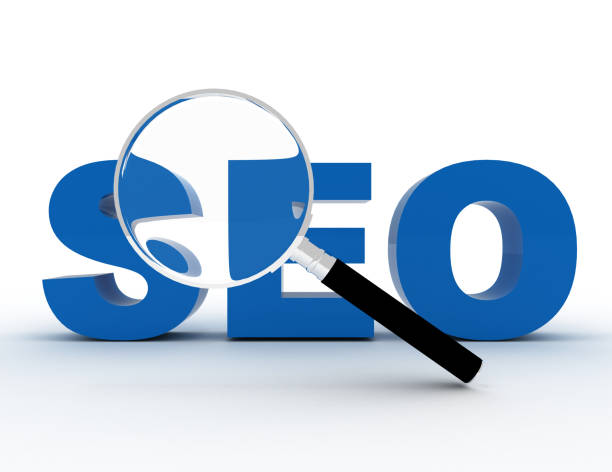
Page Loading Speed: A Critical Factor in SEO
Page loading speed is one of the most important factors in website ranking.
Users expect website pages to load quickly, and if your page takes more than a few seconds to load, users are likely to leave your website and visit competitor websites.
In addition to user experience, page loading speed also affects your SEO ranking.
Google gives a higher ranking to websites that load faster.
To improve your page loading speed, you can use various techniques such as compressing images, using a CDN, enabling browser caching, and optimizing your website code.
Modern On-Page SEO pays attention to site speed.
To check your page loading speed, you can use various tools such as Google PageSpeed Insights, GTmetrix, and Pingdom Website Speed Test.
These tools provide you with information about your page loading speed, potential problems, and suggested solutions.
Remember that optimizing page loading speed is an ongoing process and you should regularly check and improve your website speed.
By improving your page loading speed, you can improve user experience, reduce bounce rate, and increase your SEO ranking.
Tired of losing customers due to poor online store design? With Rasaweb, solve this problem once and for all!
✅ Increase sales and visitor-to-customer conversion rates
✅ Smooth and attractive user experience for your customers⚡ Get a free consultation
Website Responsiveness (Mobile-Friendly)
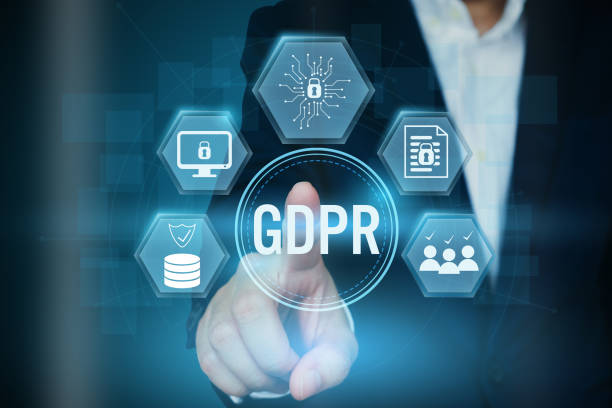
Website Responsiveness (Mobile-Friendly)
Given the increasing use of mobile phones to access the internet, website responsiveness (Mobile-Friendly) is a necessity.
A responsive website automatically adapts to the screen size of different devices (mobile phones, tablets, laptops, and desktops) and provides an optimized user experience for users.
Google gives a higher ranking to websites that are responsive.
To make sure your website is responsive, you can use Google’s Mobile-Friendly Test tool.
This tool shows you how your website is displayed on mobile phones and identifies potential problems.
Modern On-Page SEO is meaningless without responsiveness.
If your website is not responsive, you should make it responsive using responsive web design techniques (such as using CSS Media Queries).
You can also use ready-to-use responsive website templates.
Website responsiveness not only helps improve your SEO ranking, but also improves user experience and makes more users stay on your website and become customers.
Internal Linking: Easy Navigation for Users and Search Engines
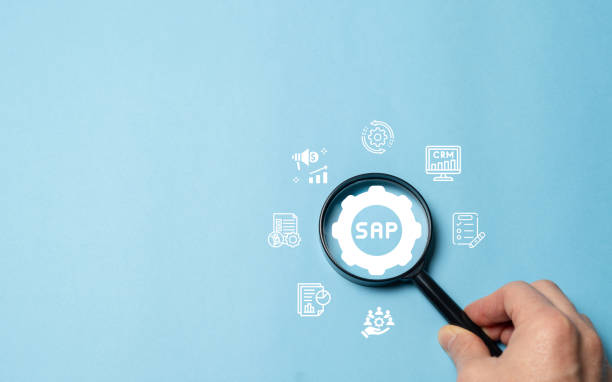
Internal Linking: Easy Navigation for Users and Search Engines
Internal linking is the process of creating links between different pages of your website.
Internal linking helps users easily navigate your website and find the information they need.
Internal linking also helps search engines better understand the structure of your website and identify the more important pages of your website.
On-Page SEO is improved with internal linking.
For effective internal linking, you need to create links strategically and purposefully.
Links should be relevant to the page content and link to other pages of your website that provide additional or related information.
Use appropriate link text (Anchor Text) and avoid using general link texts such as “click here.”
The link text should be descriptive and relevant to the content of the page you are linking to.
Don’t neglect linking to the more important pages of your website.
The more important pages of your website are the pages that you want more users to see and rank higher in search results.
By linking to these pages from other pages of your website, you can show search engines that these pages are important.
Regularly check your internal links and fix broken links.
Broken links create a negative user experience and negatively impact your SEO ranking.
You can use various tools to check for broken links on your website.
By doing these things, you can create a strong On-Page SEO strategy.
Frequently Asked Questions
| Question | Answer |
|---|---|
| What is On-page SEO? | On-page SEO refers to a set of actions that are performed within your website to improve its ranking in search engine results. This includes optimizing content, site structure, and HTML code. |
| Why is on-page SEO important? | On-page SEO helps search engines understand the content of your page and determine whether your content is relevant to searchers or not. It is the foundation of any successful SEO strategy. |
| What are the key elements of on-page SEO? | Key elements include page title (Title Tag), meta description (Meta Description), use of keywords, image optimization, heading structure (H1, H2, …), internal linking, and content quality. |
| How to optimize the page title (Title Tag)? | The page title should include the main keyword, be attractive and encouraging to click, and be between 50 and 60 characters long (or a suitable pixel) to be fully displayed in search results. |
| What role does the meta description (Meta Description) play in on-page SEO? | The meta description is a summary of the content of the page that appears below the title in search results. Although it does not directly affect ranking, it helps SEO by increasing click-through rate (CTR). |
| What is the importance of using the heading structure (H1, H2, H3) in on-page SEO? | Headings structure the content of the page and make it easier to read. H1 is usually the main title of the page and should include a keyword. H2 and H3 are used to organize subsections and help search engines understand the hierarchy of content. |
| How to use keywords effectively in content? | Keywords should be used naturally and logically throughout the content, including the introduction, body, and conclusion. Avoid overfilling keywords (Keyword Stuffing). |
| What are the steps involved in optimizing images for on-page SEO? | It includes compressing images to reduce size, using descriptive file names, adding appropriate alternative text (Alt Text), and optimizing image title and descriptions. Alt Text is critical for accessibility and helping search engines understand the content of the image. |
| What is internal linking and what are its benefits? | Internal linking means creating a link from one page on your website to another page on the same website. This helps users easily navigate your site, distributes page authority throughout the site, and helps search engines better understand your site structure. |
| What is the importance of content quality in on-page SEO? | High-quality, accurate, comprehensive, and valuable content for users is the cornerstone of on-page SEO. Search engines prefer content that meets the needs of users. Quality content leads to more user time on site (Dwell Time) and lower bounce rate, which are positive SEO signals. |
And other services of Rasa Web advertising agency in the field of advertising
Intelligent conversion rate optimization: An exclusive service for growing campaign management based on customizing user experience.
Intelligent social media: A new service to increase digital branding through the use of real data.
Intelligent brand identity: A fast and efficient solution to improve SEO ranking by focusing on marketing automation.
Intelligent marketplace: A creative platform to improve increase in site visits with attractive user interface design.
Intelligent SEO: An exclusive service for growing customer behavior analysis based on Google Ads management.
And more than hundreds of other services in the field of internet advertising, advertising consulting and organizational solutions
Internet advertising | Advertising strategy | Advertorial
Sources
What is On-Page SEO?
,What is On-Page SEO?
,What is On-Page SEO?
,What is On-Page SEO?
? To reach the peak of success in the digital world, Rasaweb Afarin Digital Marketing Agency introduces your business to a wider range of audiences by providing innovative solutions in multilingual website design and SEO optimization. Shine professionally with us!
📍 Tehran, Mirdamad Street, next to the Central Bank, Southern Kazerun Alley, Ramin Alley No. 6


